Dermatology filler treatments are skin treatments that are applied to help improve the appearance of wrinkles and other signs of aging. Fillers are noninvasive and are injected directly into the skin to fill in wrinkles, to improve skin texture, and to add volume to facial features. Fillers are usually composed of either hyaluronic acid (HA) or an umbrella term of "collagen biostimulators" that include calcium hydroxylapatite (CaHA), poly-L-lactic acid (PLLA). Treatment with HA or collagen biostimulators can achieve an immediate “plump”, providing a subtle, yet effective approach to reducing the appearance of lines and wrinkles in the face. Dermal fillers can restore volume to the face, create a more youthful contour and reduce wrinkles, but they must be used correctly. The effects of fillers may last anywhere from 6 months to a few years, depending on the type of filler used, the person's skin, and the injection technique. Each filler type offers slightly different results that can vary in intensity and duration. Some dermal fillers, such as HA, can be used multiple times, while other fillers, like PLLA, may only need to be used once and may provide long lasting results. Dermatology filler treatments are popular because the adverse effects are rare and it is a safe and noninvasive way to instantly reduce the appearance of fine lines, wrinkles and age spots. However, find fillers must be applied by experienced doctors or aestheticians who are familiar with the type of filler being used and understand the proper technique for administering the injection. Overall, dermatology filler treatments can be an effective way to reduce the appearance of fine lines and wrinkles and restore volume to the face. With the right product, technique and experienced practitioner, patients can achieve natural-looking and safe results with minimal downtime.
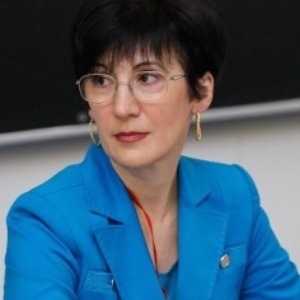
Irina Sergeeva
Novosibirsk State University, Russian Federation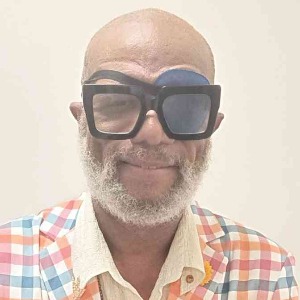
Dave Ray
Dave Ray Enterprises., United States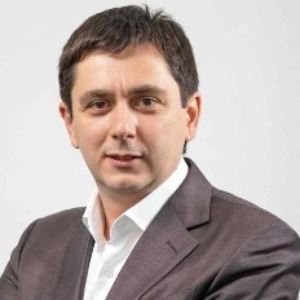
George Sulamanidze
Plastic Surgeon at Clinic of Plastic and Aesthetic Surgery and Cosmetology TOTALCharm, Georgia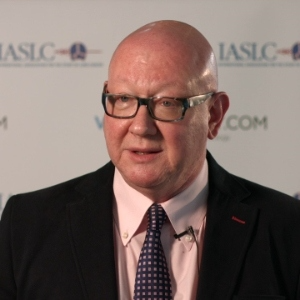
Sergei A Grando
University of California Irvine, United States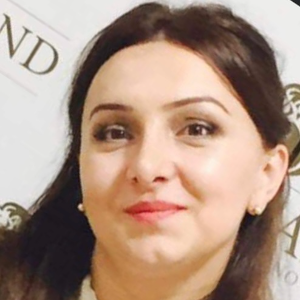
Nino Tsamalaidze
Ltd Karabadini+, Georgia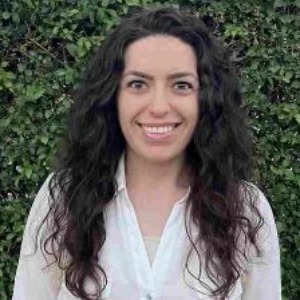
Lina Petrossian
California University of Science and Medicine, United States
Surajbala Khuraijam
Manipur Health Services, India
Shrutimita Pokhariyal
Symbio, India
Yasser Mohammed Hassanain Elsayed
Egyptian Ministry of Health, Egypt



Title : Paraneoplastic Autoimmune Multiorgan Syndrome or PAMS: Paraneoplastic pemphigus revisited
Sergei A Grando, University of California Irvine, United States
Title : Modern non-invasive methods for in vivo assessment of skin
Georgios N Stamatas, SGS, France
Title : Personalized and precision dermatology through the view of biodesign-inspired translational & data-driven applications: Revolutionary skin treatments for every concern in clinical dermatology integrating skin care experts and consumers
Sergey Suchkov, N.D. Zelinskii Institute for Organic Chemistry of the Russian Academy of Sciences, Russian Federation
Title : The next generation of threads: Lifting, volumization, and biostimulation in one powerful triple action
George Sulamanidze, Plastic Surgeon at Clinic of Plastic and Aesthetic Surgery and Cosmetology TOTALCharm, Georgia
Title : Lymphoproliferative diseases in the practice of a dermatologist
Irina Sergeeva, Novosibirsk State University, Russian Federation
Title : Art, skin, and dermatology: Interdisciplinary perspectives
Dechelette Corinne, La Peau Autrement, France
Title : Comparative efficacy of omalizumab and dupilumab in children with Chronic Spontaneous Urticaria (CSU): A retrospective cohort analysis
Molynna Nguyen, University of Toledo, United States
Title : "Mirror mirror on the skin” — A low-cost community strategy to reduce melanoma disparities in Washington, D.C.
Kayla Sampson, Georgetown University School of Medicine, United States
Title : Vitiligo: Not just an aesthetic disorder
Mateja Starbek Zorko, University Medical centre Ljubljana, Slovenia
Title : Personalized and Precision Medicine as a unique avenue to have the healthcare model renewed to secure the national biosafety: Advanced skincare solutions in individualized cosmetology, reconstructive plastic surgery and the modern beauty
Sergey Suchkov, N.D. Zelinskii Institute for Organic Chemistry of the Russian Academy of Sciences, Russian Federation